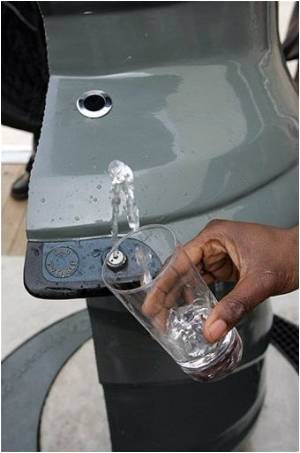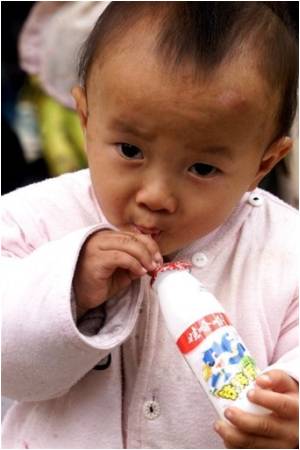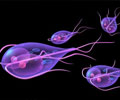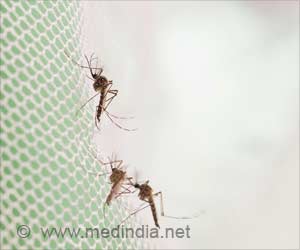Taking serious note of supply of contaminated water in Shimla, the Himachal Pradesh High Court issued notice to the state.

‘The people of Shimla town do not have access to clean drinking water and are falling prey to many waterborne diseases. Taking note of this epidemic-like situation in the town, the Himachal Pradesh High Court has issued notice to the state officials.’





A division bench comprising Chief Justice Mansoor Ahmad Mir and Justice Tarlok Singh Chauhan, which treated media reports regarding supply of contaminated water as a public interest litigation, passed the order. During the hearing, it was observed by the court that drinking water is one of the basic necessities for the people.
"Because of the apathy on the part of the authorities concerned, the people of Shimla town do not have access to clean drinking water and are falling prey to many waterborne diseases," observed the court.
"Unscientific disposal of sewage and solid waste is threatening the pristine environment and water sources of Shimla," said an official.
Quoting last year's observations of the Comptroller and Auditor General that highlights the inadequacies of the Shimla Municipal Corporation, he said, "Just 13% of the sewage generated in Shimla is treated and the rest is left in the open - despite Rs. 74 crore ($12 million) being spent for installing six treatment plants."
Advertisement
The CAG said, "The utilization of six sewerage treatment plants was only 4.8 MLD (13%) against the installed capacity of 35.63 MLD."
Advertisement
Source-IANS














